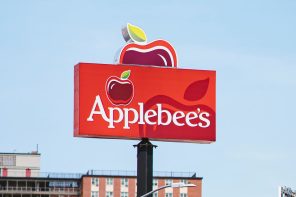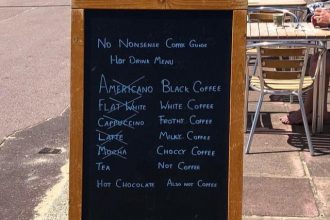What was previously one of New Zealand’s biggest single hop producing gardens has been placed on the market for sale. The 55.8-hectare site in the Motueka district of Riwaka was established as a hop growing plantation in the 1960s, before being converted into an apple orchard.
Bayley’s salesperson Leeon Johnston Johnston said any transition of the Riwaka site back to a large-scale hop garden would be a detailed undertaking – with the apple trees having to be removed and replanted with hops, and much of the substantial crop area requiring new trussing and netting.
Hop gardens can deliver their first crop a year after planting, although the harvest is minimal. Hop vines reach maturity and deliver on-going maximum yields after three to four seasons. A standard hop crop is harvested between mid-February and the end of March.
It is quite common now among craft brewers for one beer alone to contain four or five different hop varieties. The Golden Spiral Indian pale ale produced by Garage Project brewery in Wellington has 21 different hop additions in its recipe.
The upper South Island’s 17 hop crops are spread across a range of varieties – each with their own unique flavour profile - to supply the international demand from scores of breweries. Among the Motueka and Nelson-grown hops making a name for the crop internationally are; Chinook, Fuggle, Green Bullet, Pacific Gem, Sticklebract, and Willamette.
New Zealand Hops Limited chief executive officer Doug Donelan said the country’s hop industry was in a growth phase – with 95 percent of the crop grown on a contract basis, and 85 percent of the crop destined for export markets. This year, members of the New Zealand Hop Cooperatives – most of whom are based in the Motueka region – produced 721,959 kilograms of hops.
"The big markets for craft beer are the USA, UK and Europe - but we're also seeing growth in Japan and emerging markets such as Vietnam and China," he said.







